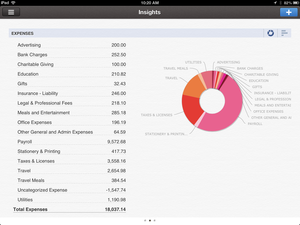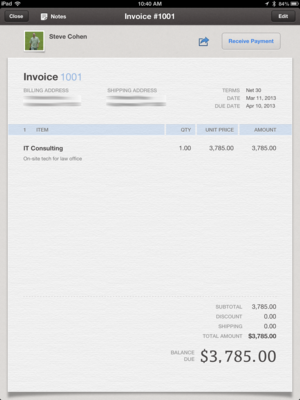Kay Bell for Bankrate.com writes: Teachers and other educators can deduct up to $250 they spent last year to buy classroom supplies. Even better, the deduction is claimed directly on Form 1040, meaning there's no need to itemize to get the break. Rather, it's an adjustment to your income, helping cut your tax bill by reducing your overall income. The less income to tax, the lower the tax bill.
While every little bit helps, the educator expenses deduction is indeed relatively small. But because it's an adjustment to income and doesn't require itemizing expenses, more school employees should now be able to claim at least a portion of their class-related expenditures.
Before this above-the-line deduction was created, these costs could be claimed only if they were included as miscellaneous itemized deductions on Schedule A. Even then, the expenses were useless unless they and all other allowable costs totaled at least 2 percent of the filer's adjusted gross income.
Who can claim costs?
Your position can be with any class from kindergarten through grade 12 as long as you work at least 900 hours during the school year. Couples who share education careers could get a double break if they file jointly. However, each spouse is limited to $250 of qualified expenses. That means if you spent $350 on school supplies and your husband spent $150 on his classroom, you can only deduct $400 on your return, even though your combined education expenses were $500.
What about home schooling? Sorry, but the tax law specifically states that costs for this type of instruction don't count toward the educator expenses deduction.
What items are deductible?
The IRS also applies its "ordinary and necessary" rule here. To be considered ordinary, an item purchased for your classroom must be something that is common and accepted in the education profession. A necessary expense is one that is helpful and appropriate, but it doesn't have to be required to be considered necessary.
So buying a videotaped production of "Death of a Salesman" to help drive home Arthur Miller's points to your students would likely meet tax muster. But purchasing a new HD television upon which to watch it instead of using your school's working-but-old set may raise some IRS eyebrows.
Circumstances could limit expenses
The same rule applies to nontaxable earnings a teacher gets from qualified state tuition programs or tax-free withdrawals from a Coverdell education savings account.
Coordinating classroom claims
If you're a teacher who usually itemizes to save on taxes, such as deducting home mortgage interest and property taxes, keep doing that. In fact, if you spent more than $250 on your class, take another look at the miscellaneous deductions line on Schedule A to see if you can use the excess to also claim this itemized tax break.
Just remember to take the educator expenses deduction on Form 1040, too. For example, if you spend $500 on classroom supplies, claim half of it directly on your Form 1040 as an educator expenses deduction. Then add the other half to your potential miscellaneous itemized deduction amount. It might be just enough to allow you to take that tax break, too.

